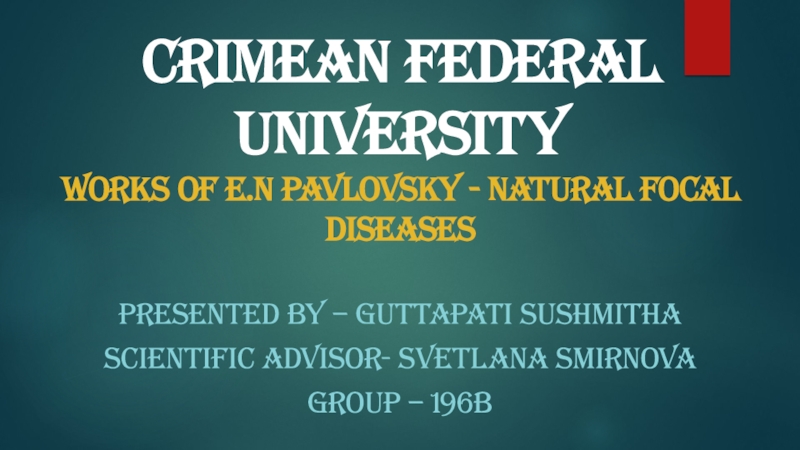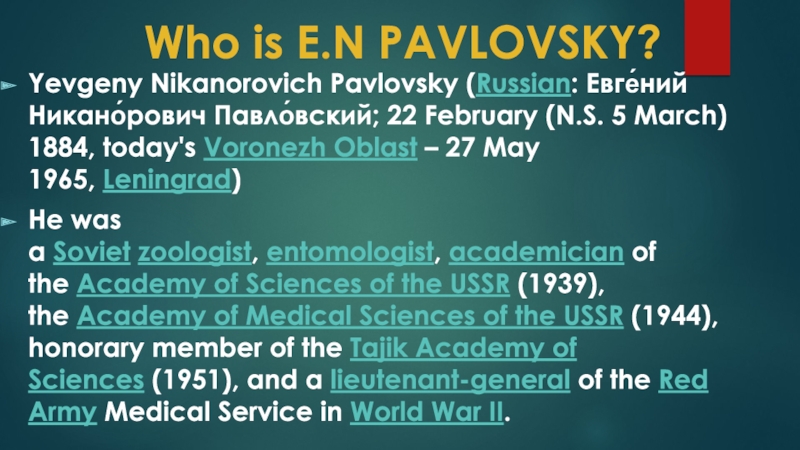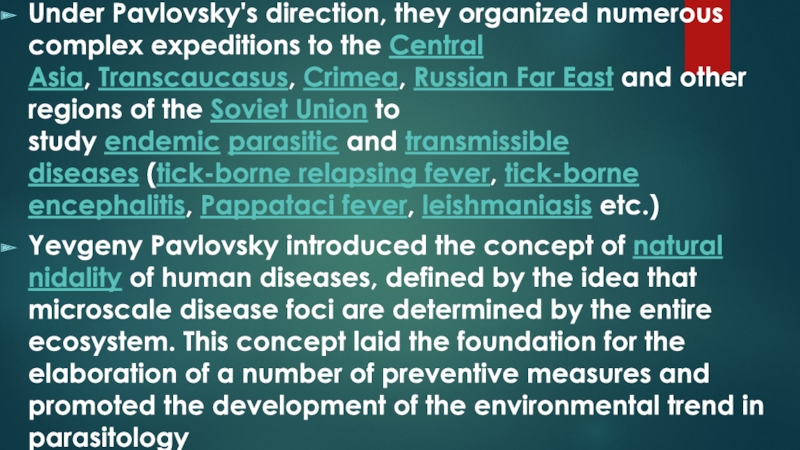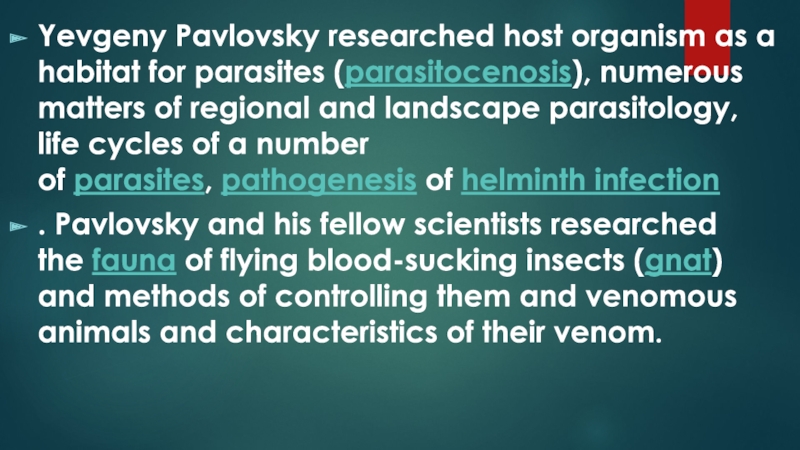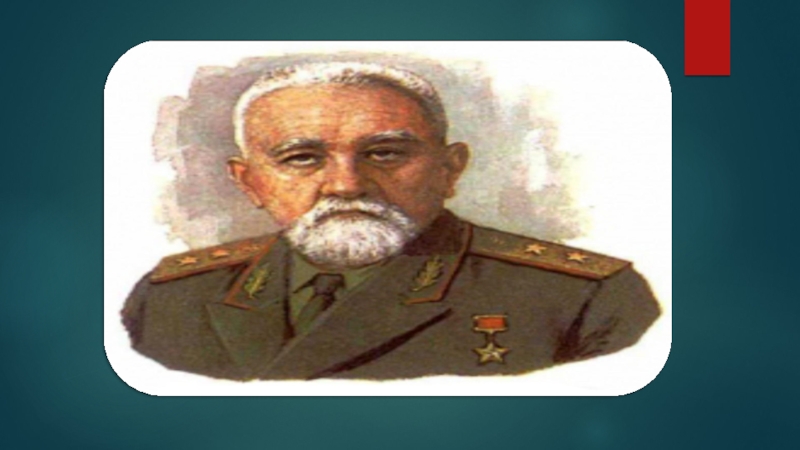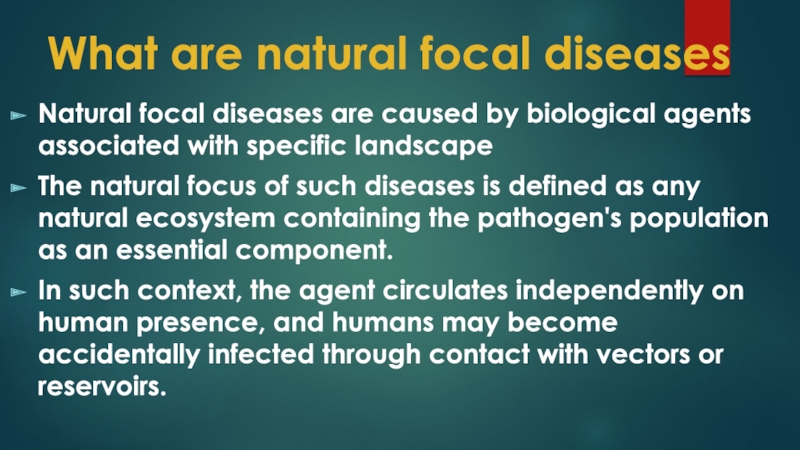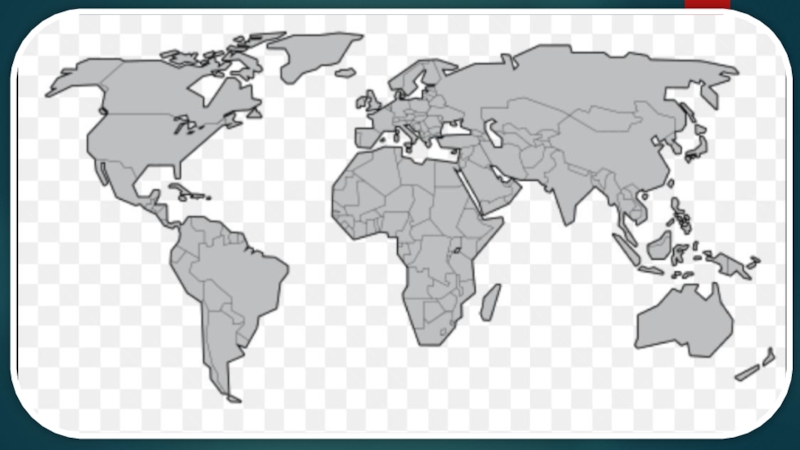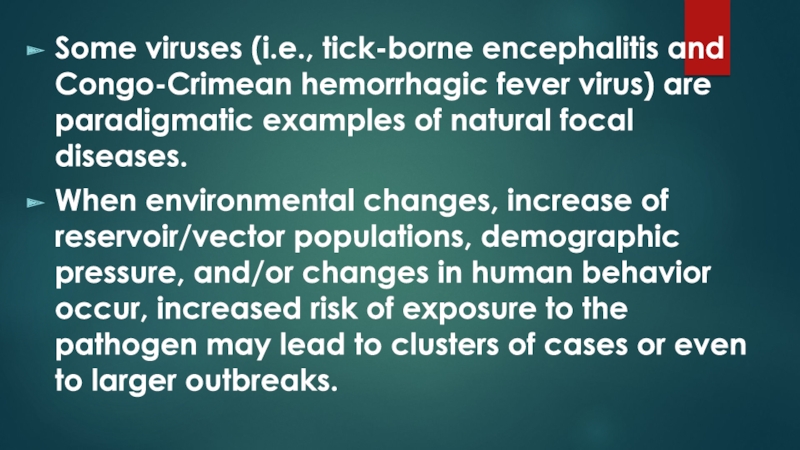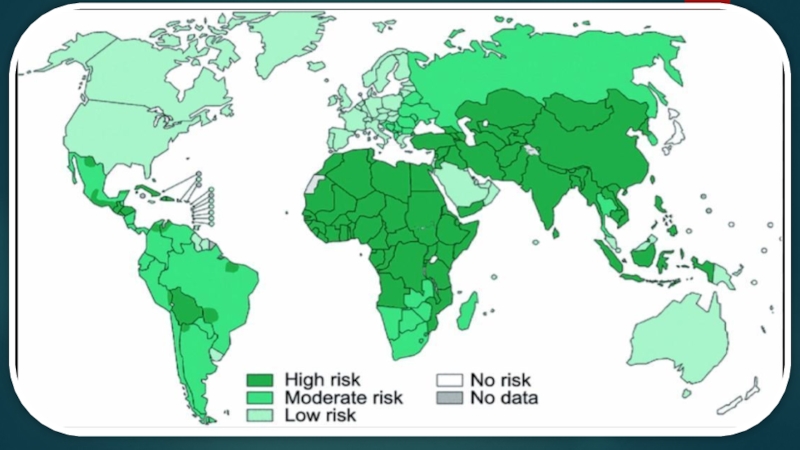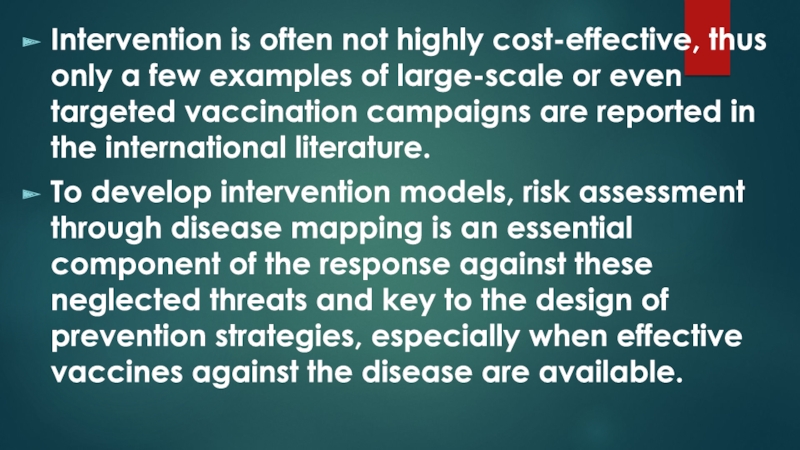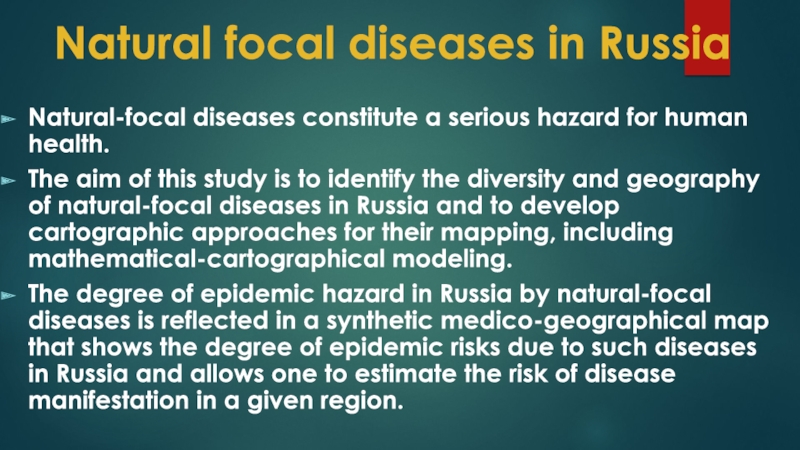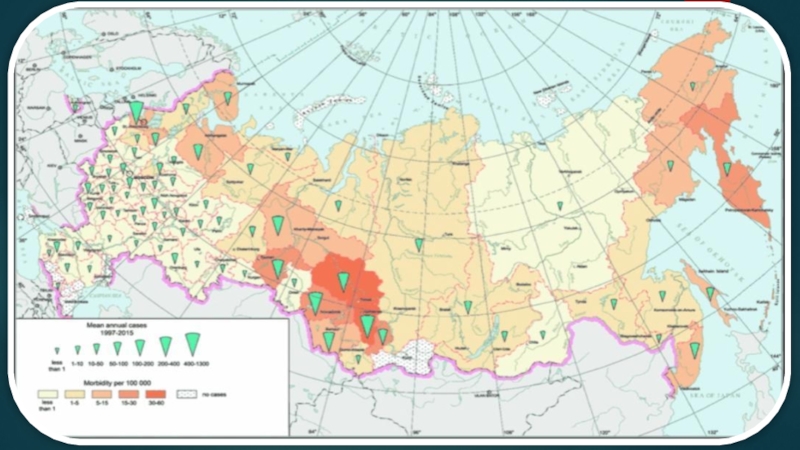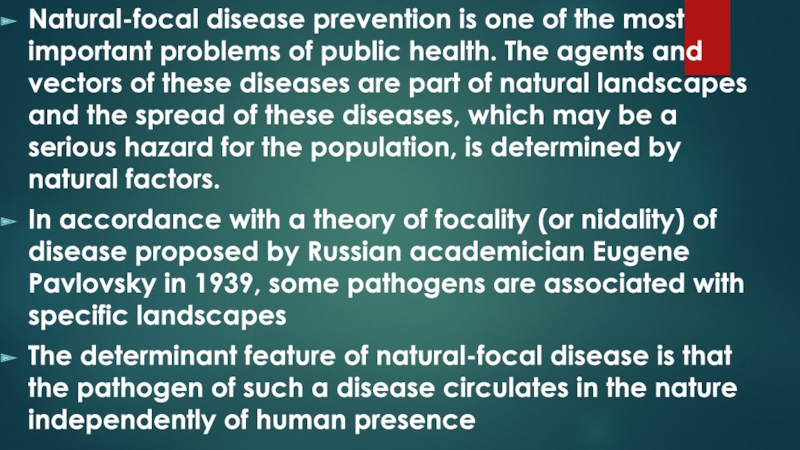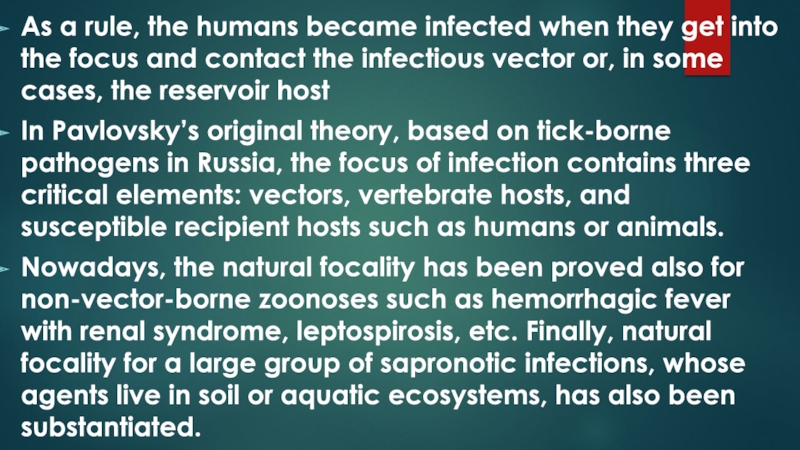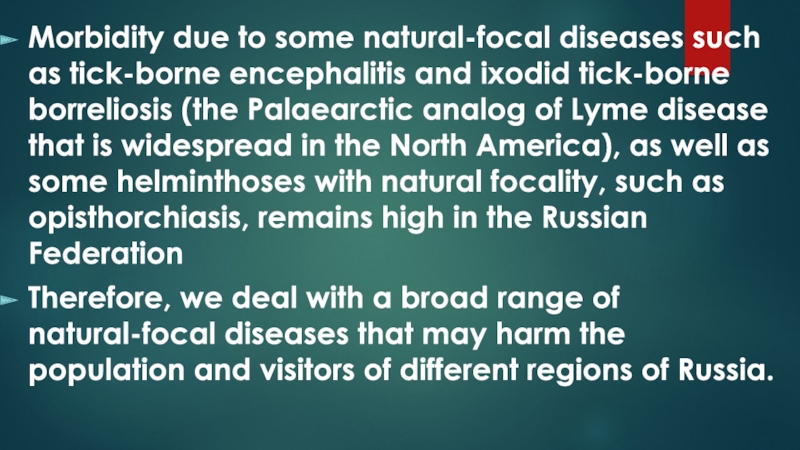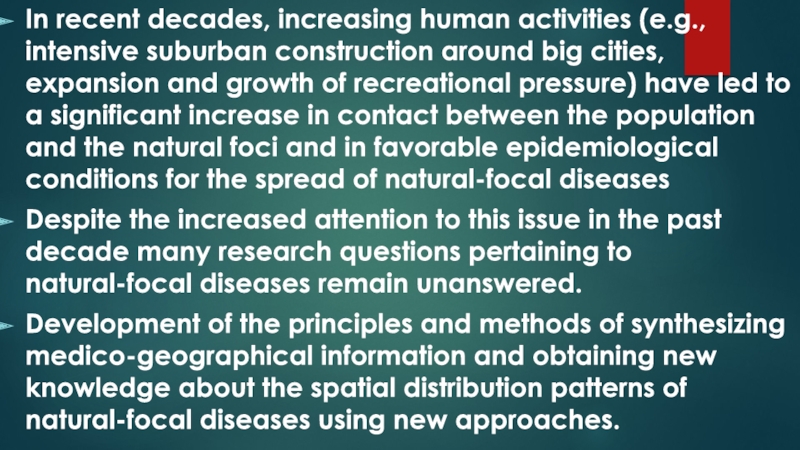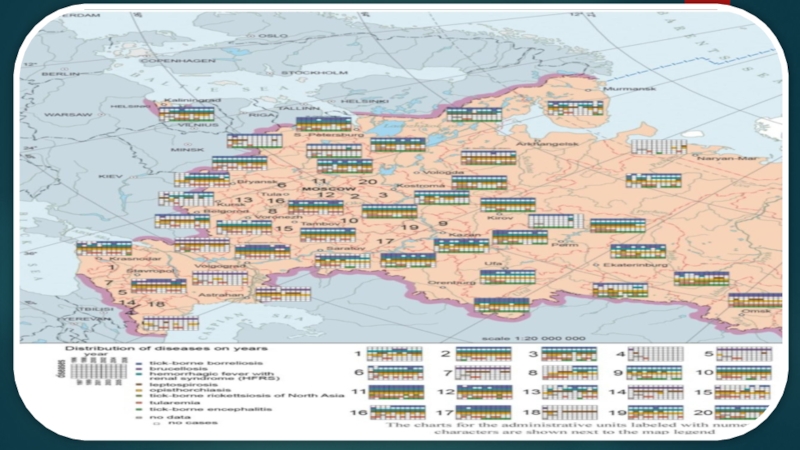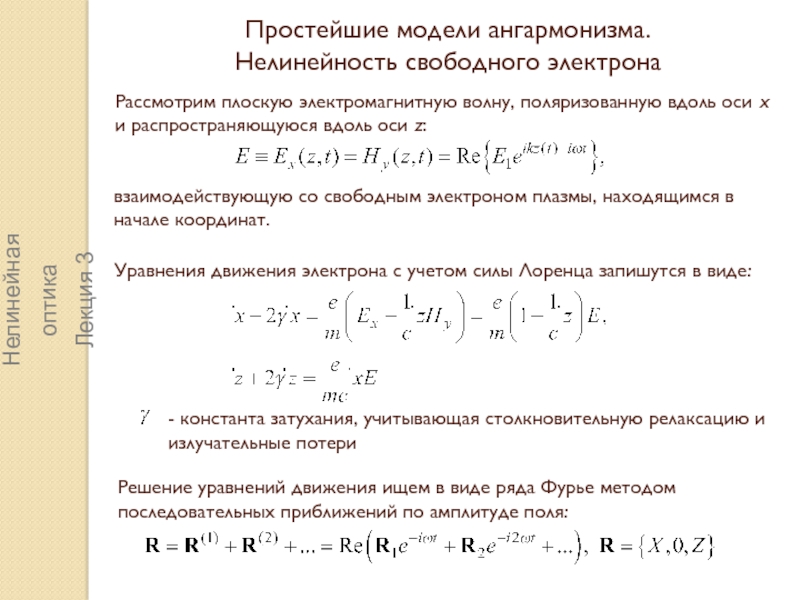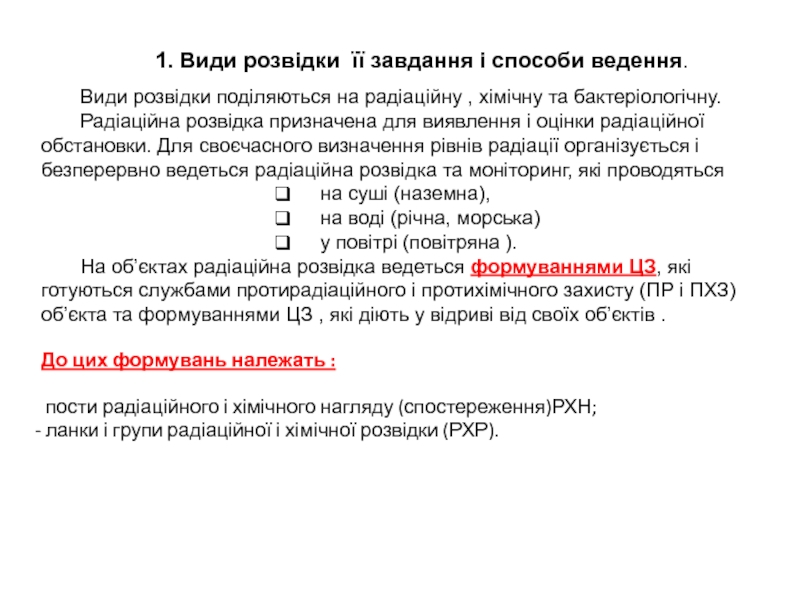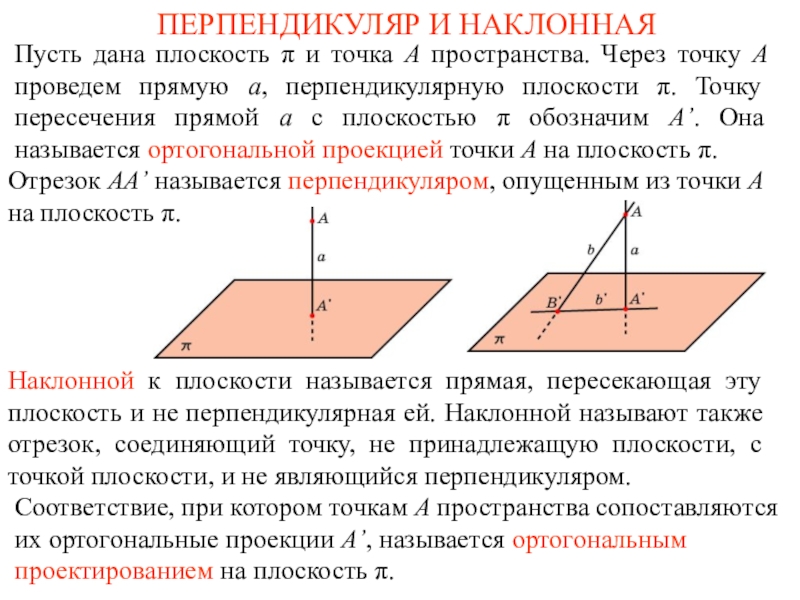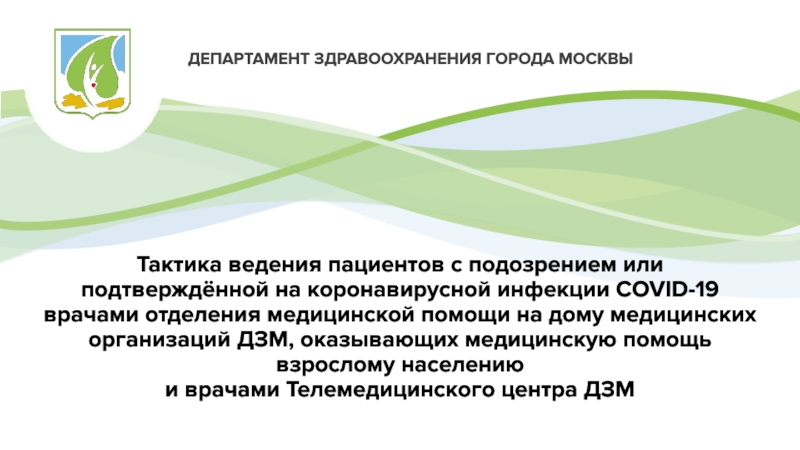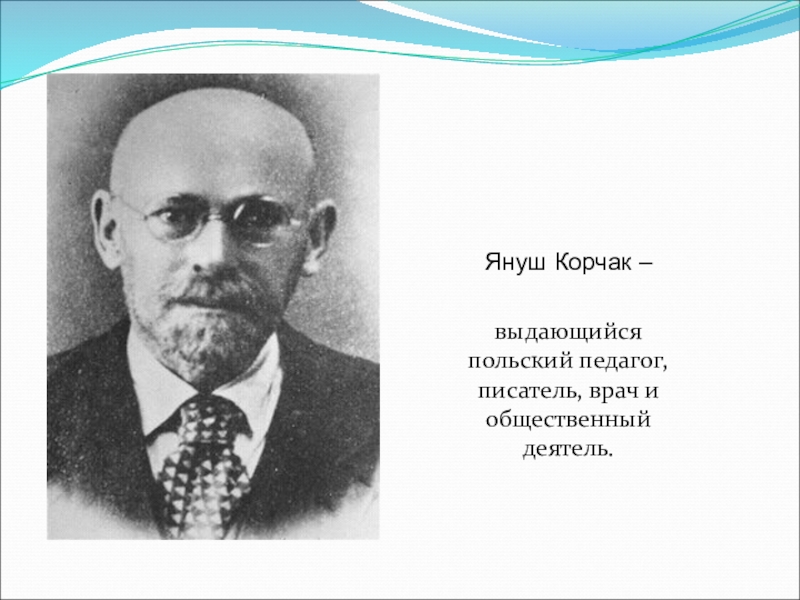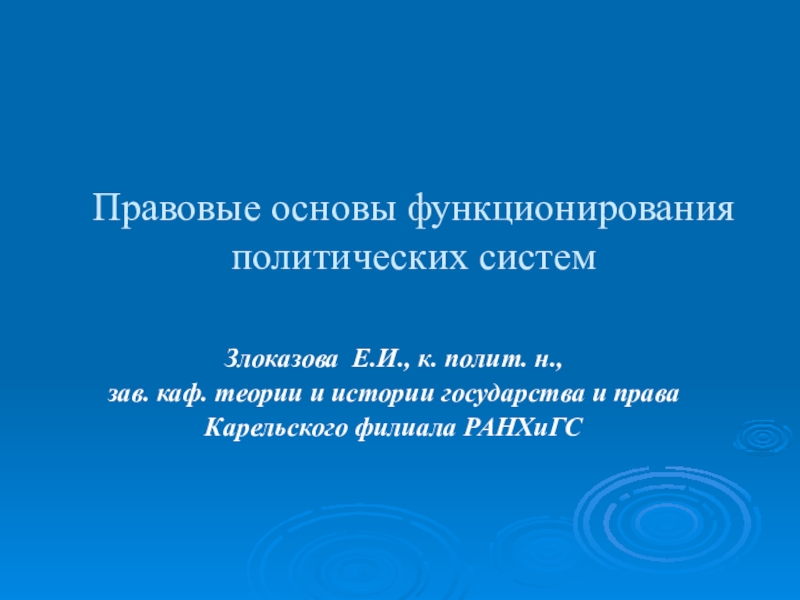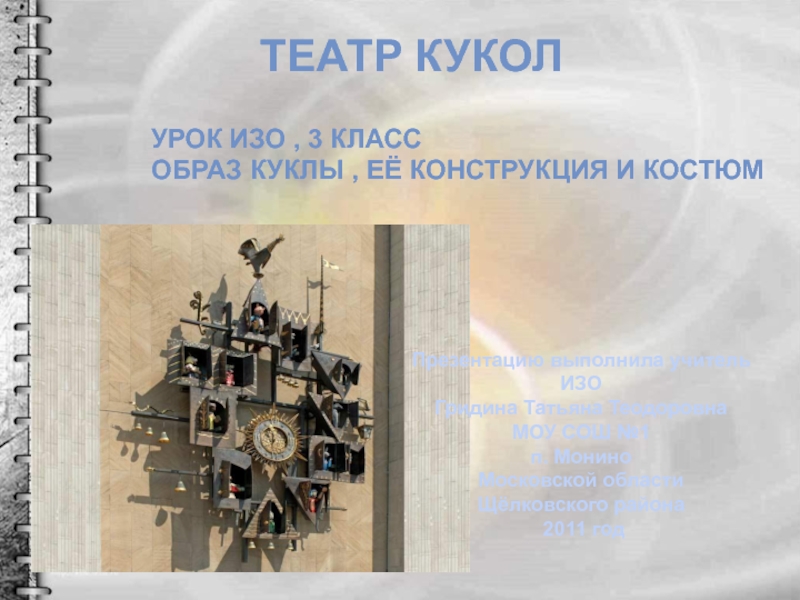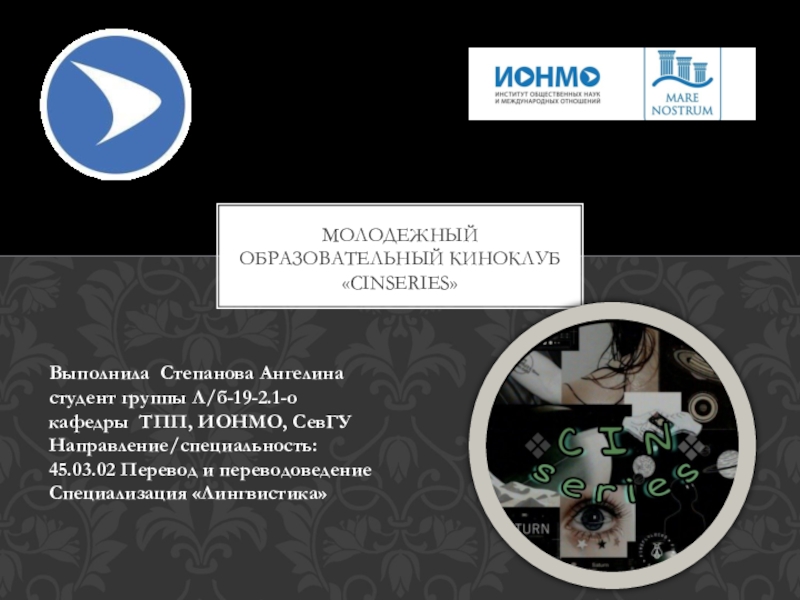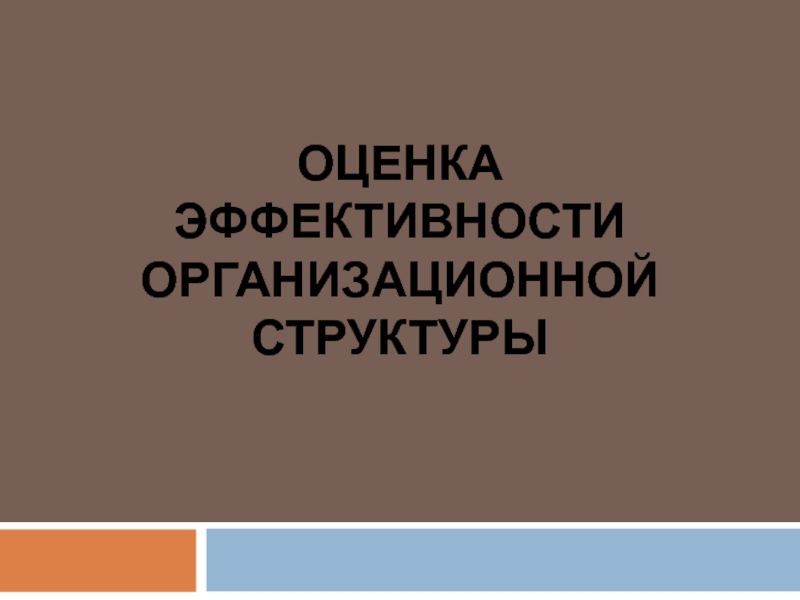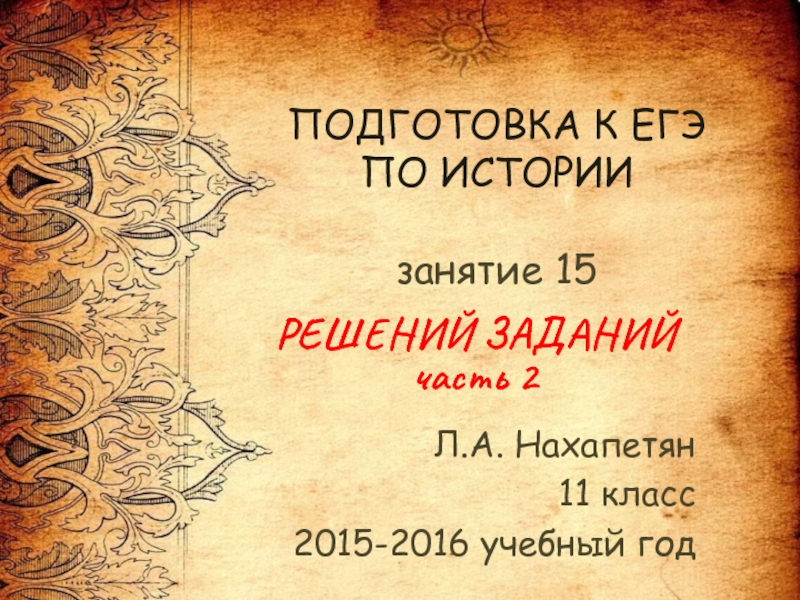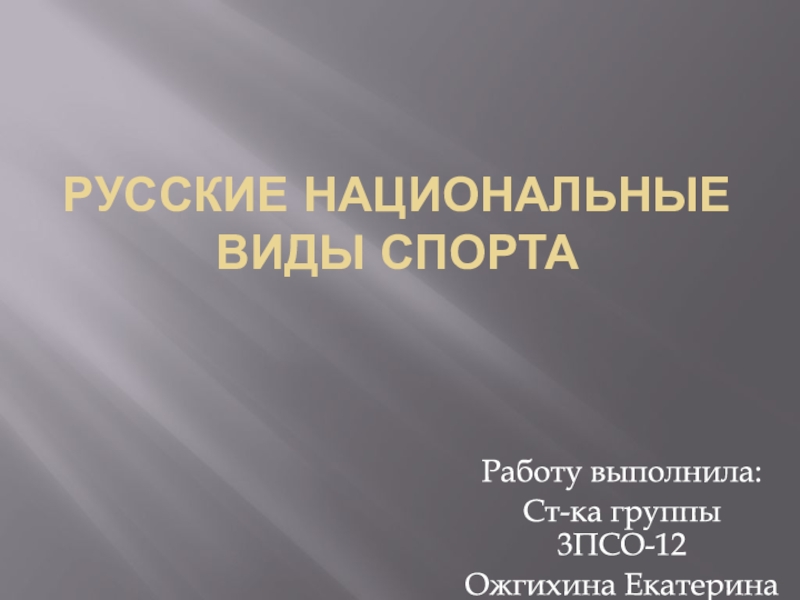Разделы презентаций
- Разное
- Английский язык
- Астрономия
- Алгебра
- Биология
- География
- Геометрия
- Детские презентации
- Информатика
- История
- Литература
- Математика
- Медицина
- Менеджмент
- Музыка
- МХК
- Немецкий язык
- ОБЖ
- Обществознание
- Окружающий мир
- Педагогика
- Русский язык
- Технология
- Физика
- Философия
- Химия
- Шаблоны, картинки для презентаций
- Экология
- Экономика
- Юриспруденция
Crimean federal university Works of e.n pavlovsky - natural focal diseases
Содержание
- 1. Crimean federal university Works of e.n pavlovsky - natural focal diseases
- 2. Who is E.N PAVLOVSKY?Yevgeny Nikanorovich Pavlovsky (Russian: Евге́ний Никано́рович
- 3. Слайд 3
- 4. Under Pavlovsky's direction, they organized numerous complex
- 5. Yevgeny Pavlovsky researched host organism as a
- 6. Honors of PavlovskyPavlovsky was a deputy of
- 7. Слайд 7
- 8. What are natural focal diseasesNatural focal diseases
- 9. Слайд 9
- 10. Some viruses (i.e., tick-borne encephalitis and Congo-Crimean
- 11. Слайд 11
- 12. Intervention is often not highly cost-effective, thus
- 13. Natural focal diseases in RussiaNatural-focal diseases constitute
- 14. Слайд 14
- 15. Natural-focal disease prevention is one of the
- 16. As a rule, the humans became infected
- 17. Morbidity due to some natural-focal diseases such
- 18. In recent decades, increasing human activities (e.g.,
- 19. Слайд 19
- 20. Слайд 20
- 21. Скачать презентанцию
Who is E.N PAVLOVSKY?Yevgeny Nikanorovich Pavlovsky (Russian: Евге́ний Никано́рович Павло́вский; 22 February (N.S. 5 March) 1884, today's Voronezh Oblast – 27 May 1965, Leningrad)He was a Soviet zoologist, entomologist, academician of the Academy of Sciences of the USSR (1939), the Academy of Medical Sciences
Слайды и текст этой презентации
Слайд 1Crimean federal university
Works of e.n pavlovsky - natural focal diseases
Presented
by – guttapati sushmitha
Слайд 2Who is E.N PAVLOVSKY?
Yevgeny Nikanorovich Pavlovsky (Russian: Евге́ний Никано́рович Павло́вский; 22 February
(N.S. 5 March) 1884, today's Voronezh Oblast – 27 May 1965, Leningrad)
He was
a Soviet zoologist, entomologist, academician of the Academy of Sciences of the USSR (1939), the Academy of Medical Sciences of the USSR (1944), honorary member of the Tajik Academy of Sciences (1951), and a lieutenant-general of the Red Army Medical Service in World War II.Слайд 4Under Pavlovsky's direction, they organized numerous complex expeditions to the Central
Asia, Transcaucasus, Crimea, Russian Far East and other regions of the Soviet Union to study endemic parasitic and transmissible diseases (tick-borne
relapsing fever, tick-borne encephalitis, Pappataci fever, leishmaniasis etc.)Yevgeny Pavlovsky introduced the concept of natural nidality of human diseases, defined by the idea that microscale disease foci are determined by the entire ecosystem. This concept laid the foundation for the elaboration of a number of preventive measures and promoted the development of the environmental trend in parasitology
Слайд 5Yevgeny Pavlovsky researched host organism as a habitat for parasites
(parasitocenosis), numerous matters of regional and landscape parasitology, life cycles
of a number of parasites, pathogenesis of helminth infection. Pavlovsky and his fellow scientists researched the fauna of flying blood-sucking insects (gnat) and methods of controlling them and venomous animals and characteristics of their venom.
Слайд 6Honors of Pavlovsky
Pavlovsky was a deputy of the Supreme Soviet of
the USSR of the 2nd, 3rd, and 4th convocations.
He was a
recipient of the Stalin State Prize (1941, 1950), the Lenin Prize (1965), the Mechnikov Gold Medal of the Academy of Sciences of the USSR (1949), and gold medal of the Soviet Geographical Society (1954). Yevgeny Pavlovsky was awarded five Orders of Lenin, four other orders, and numerous medals.
Слайд 8What are natural focal diseases
Natural focal diseases are caused by
biological agents associated with specific landscape
The natural focus of such
diseases is defined as any natural ecosystem containing the pathogen's population as an essential component. In such context, the agent circulates independently on human presence, and humans may become accidentally infected through contact with vectors or reservoirs.
Слайд 10Some viruses (i.e., tick-borne encephalitis and Congo-Crimean hemorrhagic fever virus)
are paradigmatic examples of natural focal diseases.
When environmental changes, increase
of reservoir/vector populations, demographic pressure, and/or changes in human behavior occur, increased risk of exposure to the pathogen may lead to clusters of cases or even to larger outbreaks.Слайд 12Intervention is often not highly cost-effective, thus only a few
examples of large-scale or even targeted vaccination campaigns are reported
in the international literature.To develop intervention models, risk assessment through disease mapping is an essential component of the response against these neglected threats and key to the design of prevention strategies, especially when effective vaccines against the disease are available.
Слайд 13Natural focal diseases in Russia
Natural-focal diseases constitute a serious hazard
for human health.
The aim of this study is to identify
the diversity and geography of natural-focal diseases in Russia and to develop cartographic approaches for their mapping, including mathematical-cartographical modeling. The degree of epidemic hazard in Russia by natural-focal diseases is reflected in a synthetic medico-geographical map that shows the degree of epidemic risks due to such diseases in Russia and allows one to estimate the risk of disease manifestation in a given region.
Слайд 15Natural-focal disease prevention is one of the most important problems
of public health. The agents and vectors of these diseases
are part of natural landscapes and the spread of these diseases, which may be a serious hazard for the population, is determined by natural factors.In accordance with a theory of focality (or nidality) of disease proposed by Russian academician Eugene Pavlovsky in 1939, some pathogens are associated with specific landscapes
The determinant feature of natural-focal disease is that the pathogen of such a disease circulates in the nature independently of human presence
Слайд 16As a rule, the humans became infected when they get
into the focus and contact the infectious vector or, in
some cases, the reservoir hostIn Pavlovsky’s original theory, based on tick-borne pathogens in Russia, the focus of infection contains three critical elements: vectors, vertebrate hosts, and susceptible recipient hosts such as humans or animals.
Nowadays, the natural focality has been proved also for non-vector-borne zoonoses such as hemorrhagic fever with renal syndrome, leptospirosis, etc. Finally, natural focality for a large group of sapronotic infections, whose agents live in soil or aquatic ecosystems, has also been substantiated.
Слайд 17Morbidity due to some natural-focal diseases such as tick-borne encephalitis
and ixodid tick-borne borreliosis (the Palaearctic analog of Lyme disease
that is widespread in the North America), as well as some helminthoses with natural focality, such as opisthorchiasis, remains high in the Russian FederationTherefore, we deal with a broad range of natural-focal diseases that may harm the population and visitors of different regions of Russia.
Слайд 18In recent decades, increasing human activities (e.g., intensive suburban construction
around big cities, expansion and growth of recreational pressure) have
led to a significant increase in contact between the population and the natural foci and in favorable epidemiological conditions for the spread of natural-focal diseasesDespite the increased attention to this issue in the past decade many research questions pertaining to natural-focal diseases remain unanswered.
Development of the principles and methods of synthesizing medico-geographical information and obtaining new knowledge about the spatial distribution patterns of natural-focal diseases using new approaches.
